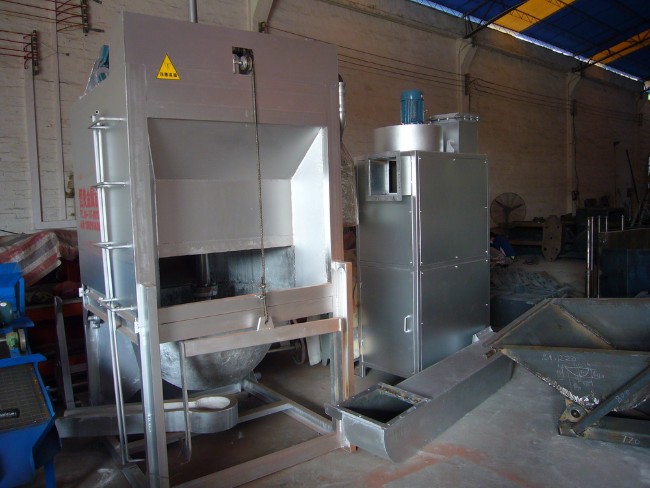Dross Processing in Punjab
Introduction
Dross Processing in Punjab

Aluminium dross, a result of the aluminium softening interaction, is a combination of aluminium, its oxides, the oxides of alloying components, and less regularly chalcogenides, carbides, and nitrides. Dross has a few decent advantages, particularly taking into account pressure strength, and contingent upon additional molding steps can be extremely helpful further on.
Every aluminium melting process produces dross. Contingent upon scrap type, compound treatment, and dissolving hardware, the sum, metal substance, and properties of dross shift in a wide reach. Dross is a combination of aluminium, aluminium -oxide, and oxides of alloying components, moreover, chalcogenide, carbide, or nitride mixtures of these metals are routinely experienced. Normally dross contains a lot of metallic aluminium. This is precisely fixed in a cell construction of aluminium oxide, which has pressure strength sufficiently extraordinary to keep aluminium multiple times its own weight reinforced. As dross likewise contains finely scattered gas bubbles (froth structure), it effectively isolates from the aluminium dissolve because of the diminished thickness.
The following process parameters have a strong influence on volume, morphology and the metal content of dross:
- Surface/volume proportion of the piece
- Type (natural, inorganic, and measure of pollution
- Liquefying conditions and softening hardware
- Dissolve piece (particularly Mg, Na, Li, Ca-content)
- Refining strategy
- Method of dross expulsion (temperature, devices)
- Cooling boundaries of eliminated dross


